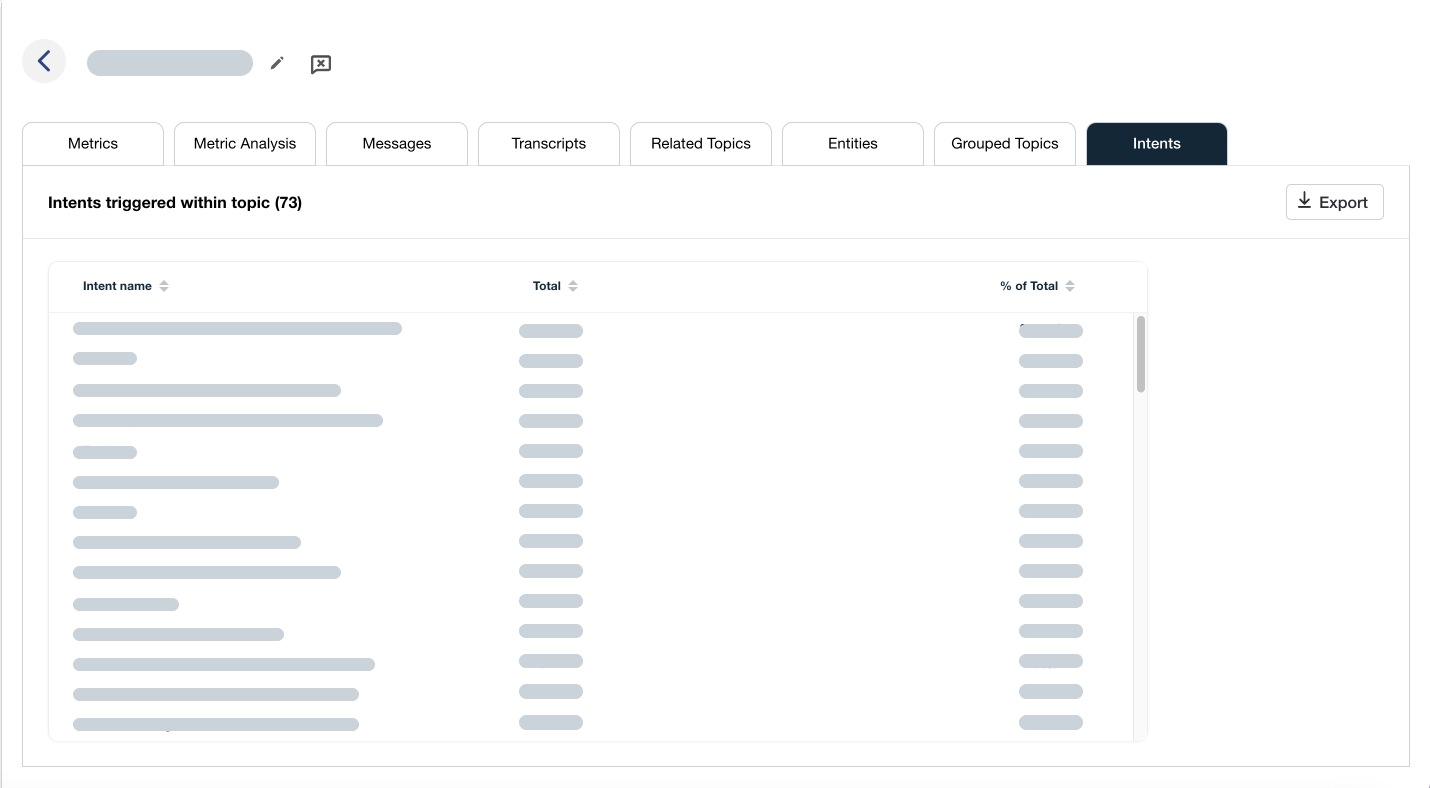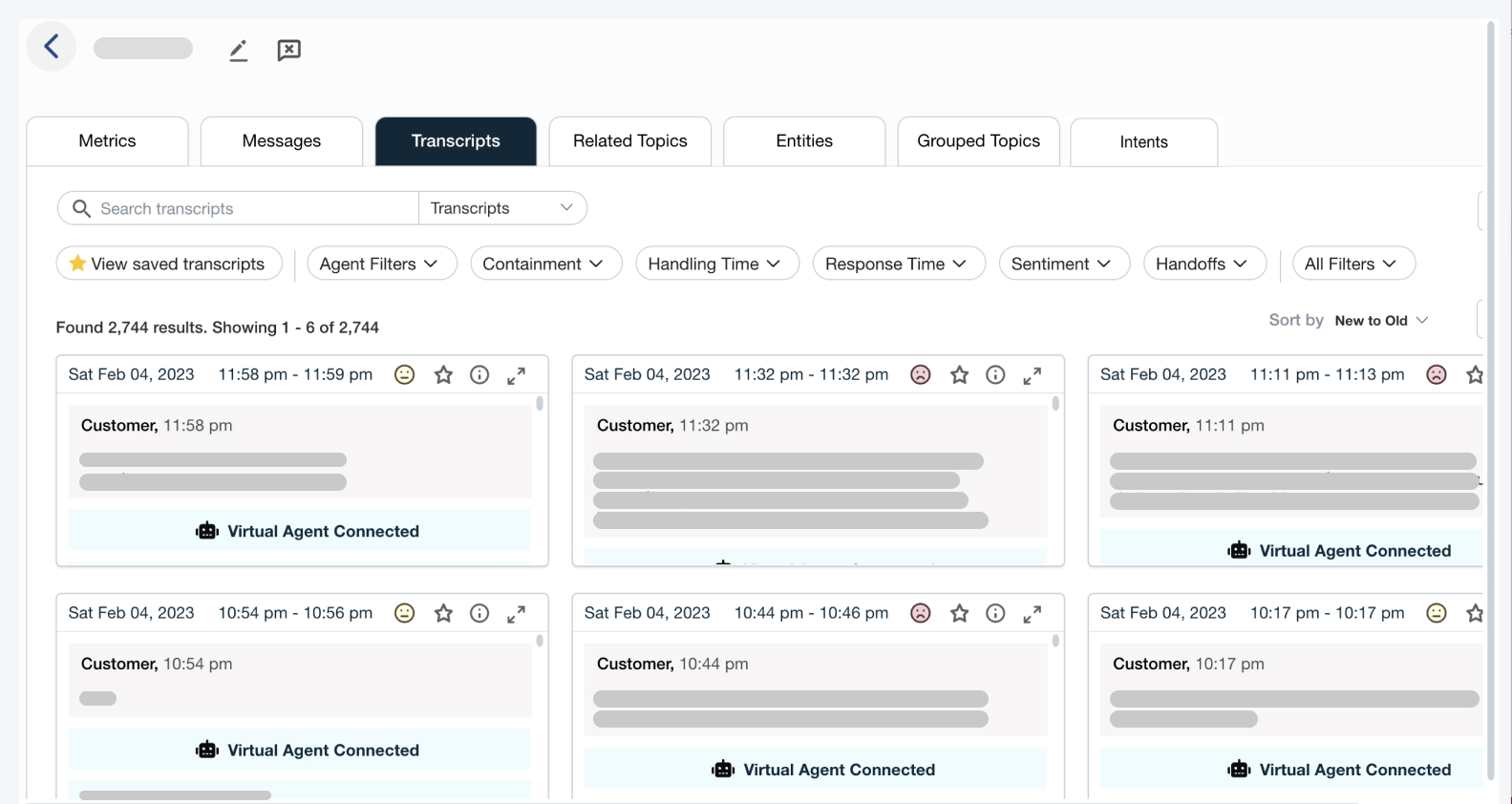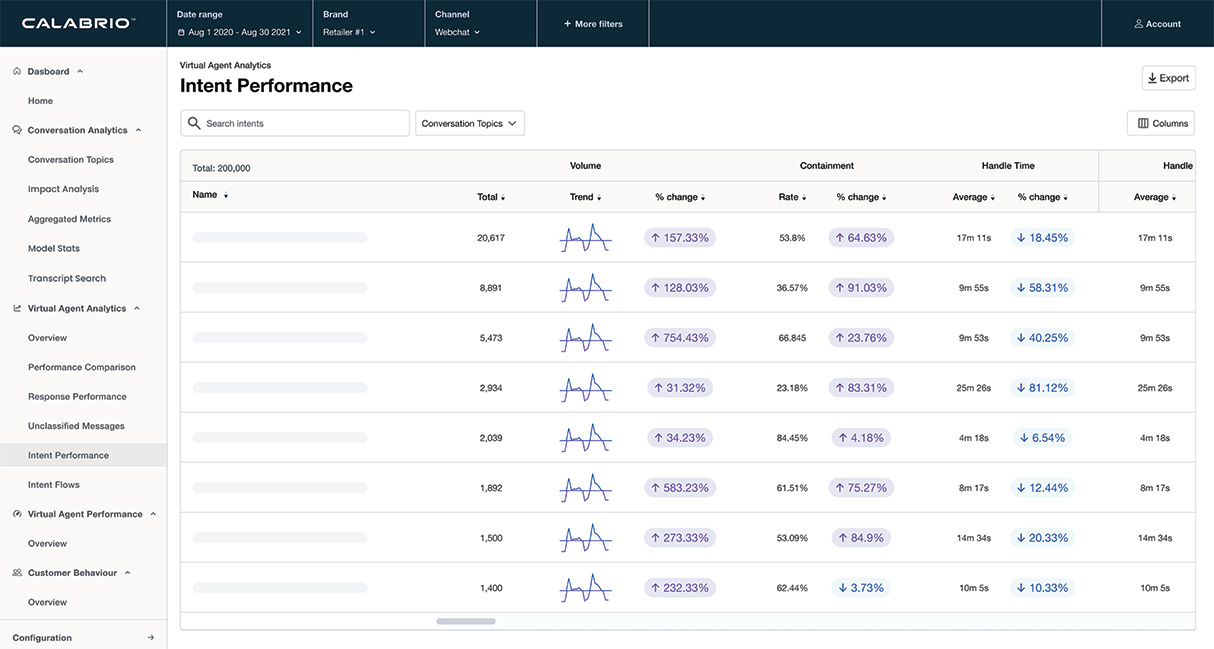The incontestible value of moving from Excel spreadsheet to WFM
The incontestible value of moving from Excel spreadsheet to WFM

There is inherently nothing wrong with using Excel spreadsheets for scheduling, especially if you are a small contact center with few agents. However, as soon as your agent count goes up, costs and service-levels problems seem to go up as well – and often exponentially so. The overwhelming majority of contact-center costs is related to staffing. No single tool in a contact-center’s arsenal makes a greater impact on reducing these costs as does automated workforce management (WFM). Nothing comes even close.
Contact-center managers themselves might readily embrace the idea of automated WFM but they, or their superiors, may balk at the seemingly high cost of automated WFM. What they may not know, but should know, is that most WFM customers achieve ROI within the first year or less, especially when implementing WFM in the Cloud. More importantly, what is not realized or taken into account is the greater costs of NOT getting automated WFM onboard – as soon as possible!
Kill two problems – with one WFM stone!
Two common contact-center problems – i.e. soaring costs and sinking service levels can be addressed much more powerfully and successfully with automated WFM.
Download our recent white paper and you’ll soon recognize the familiar tune of the frustrations and limitations of Excel spreadsheets. We further spell out, step by step, what you will gain by switching over to automated WFM. Once done, we’ll wager that, looking back, the only question you’ll have is: “Why didn’t I do this earlier?” Your working life will be that much easier, that much more enjoyable, and run that much more smoothly, as will your entire contact-center operations that will be humming along smoothly.
For every passing day, if scheduling is not properly synced with the workload volume at any given time, employees will grow more and more tired of being over-worked by the never-ending barrage of contact volume and worse, eventually burning out. The opposite is equally true: under-worked, they feel bored, idle and under-stimulated. There’s nothing worse than twiddling your thumbs and looking at the clock, wishing time would go by faster. Neither scenario gives any incentive to adhere or stay.
Agents may be fed up with not being able to work the shifts they want. They might even prefer weekends or evenings if it means their schedule could by synced with that of a partner’s. Not having a say and not being heard results in low staff morale and dissatisfaction. This directly translates to lower adherence and higher attrition. Given that the vast majority of contact-center staff consists of Millennials – notorious for valuing their free time, lifestyle and time away from work more than the hours spent at work – providing real work-life balance, not lip service, then becomes crucial.
Contact-center work per se is not always stimulating so stimuli and incentives are needed to spice up agent work life – if done, the chances of them staying longer onboard are that much greater!
The costs of you NOT using WFM
With every passing day, what are the costs of high attrition and low service levels? With high turnover, costs for recruiting, hiring, onboarding and training tend to skyrocket. Low adherence means employee dissatisfaction, which translates into poor customer service, which means lost business. Enough said. The consequences need not be spelled out more than that.
Enter automated WFM: using past and real-time data, it provides much greater forecasting accuracy, which, in turn, paves the way for right-sized staffing, virtually eliminating over- and under-staffing and thereby drastically reducing those HR associated costs.
WFM solutions can also provide schedules weeks in advance – a huge plus according to many contact centers. WFM can also offer mobile options, keeping everyone concerned up to date – up to the minute – of schedule changes. If someone is sick, someone can easily and swiftly take over the shift by notifying via sms. WFM solutions can also take into account work-shift preference and time off in the fairest way possible. Agents can even be rewarded for high adherence by being able to pick the most popular shifts first.
Furthermore, proven in numerous studies is the fact that engaged employees contribute hugely to a business. Work that comes to you as an agent that is in accordance with your skill levels is very satisfying. If you, for example, are good at writing and spelling and you prefer this to speaking, then you should get the e-mail and chat contact work. More experienced staff should also be routed the more involved queries.
Moreover, agents feel good when their efforts are acknowledged and when they are rewarded for their excellent work. “Gamification” options, offered by some WFM vendors, give a playful, competitive edge to work and rewards the best efforts in some form or manner.
Too many choices – help!
These days, there are so many choices and variants of WFM with niche players that just choosing the right vendor for your organization is a headache in itself. Here are some major tips:
- Choose a software solution that is known for its ease of use. If it isn’t, employees won’t use it or use it only infrequently and partially.
- Choose a vendor that has long, deep, specialized experience in WFM per se. This means they’ve been around at least 2 decades. All that experience translated into better, more advanced algorithms and options.
- Choose a supplier that stays with you all the way from Day 1: from pre-implementation to implementation to post-implementation! Don’t cut corners by choosing a vendor that essentially leaves you on your own and in the dark, without fully showing you all that the solution is capable of.
- Avoid vendors that charge you for every little extra beyond the very basic, stripped down version.
- Finally, choose a vendor that offers sound support, around the clock. Time is money. Time is of the essence and the world will not wait.









